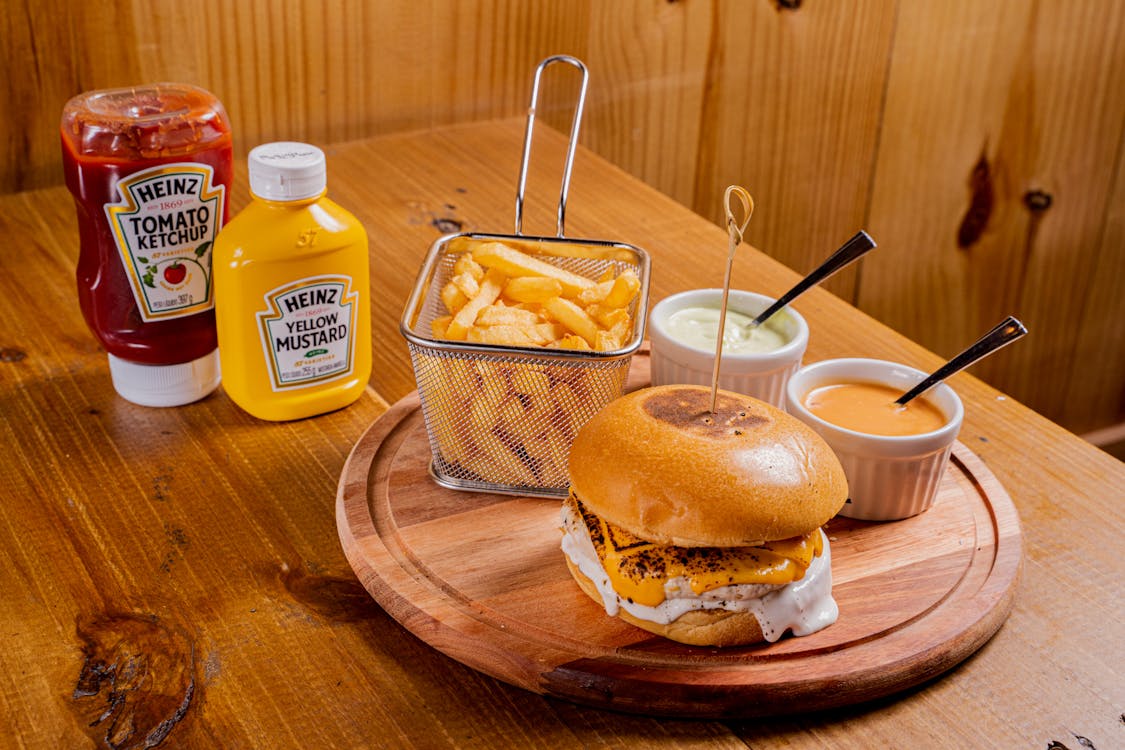The culinary world is rich with flavors, techniques, and cultural heritage, and what better way to preserve and share these invaluable elements than through cookbook publishing? As food enthusiasts and chefs alike are increasingly venturing into the world of publishing, the process of transforming individual recipes into beautifully bound books has become an art form in its own right. This article explores the evolving landscape of cookbook publishing, providing insights for aspiring authors and culinary creatives.
Understanding the Cookbook Landscape
In recent years, cookbooks have seen a resurgence in popularity, driven by the rise of social media platforms like Instagram and TikTok. Food photography has become a visual feast that attracts millions, creating a demand for beautifully crafted cookbooks that inspire both home cooks and seasoned chefs. The cookbook genre is more diverse than ever, encompassing everything from traditional family recipes to vegan and gluten-free specialties, cultural cuisines, and even celebrity chef collections.
Crafting Your Cookbook
One of the first steps in cookbook publishing is determining your unique angle. What story do you want to tell? Once you’ve established a vision, consider the structure of your book. Most cookbooks are divided into sections such as appetizers, main courses, and desserts, but you can also explore thematic arrangements, regional focuses, or seasonal ingredients.
Next, focus on the recipes themselves. Successful cookbooks feature clear, concise instructions that cater to various skill levels, complemented by high-quality photographs that entice the reader. Personal anecdotes and tips throughout the book can enrich the reading experience, making it feel less like a manual and more like a narrative journey through your culinary treasure trove.
Traditional Publishing: This route typically involves securing a literary agent who can pitch your manuscript to publishing houses. The advantage here is that established publishers can provide resources, editing, design, and marketing support. However, the competition is fierce, and it may take considerable time to get your book into print.
Self-Publishing: This option allows for complete creative control. With various platforms available—such as Amazon Kindle Direct Publishing, Blurb, and Lulu—authors can easily bring their books to market. However, the onus of editing, design, and marketing lies solely on the author. It’s crucial to invest in quality editing and professional design services to ensure your cookbook stands out.
Marketing Your Cookbook
Once your cookbook is published, the real work begins. Effective marketing strategies can propel your book into the hands of eager readers. Building an online presence through social media, blogging, and creating engaging content such as cooking videos can help establish your brand. Hosting book signings, cooking classes, or collaborations with local shops and restaurants can enhance visibility and resonate with your target audience.
Additionally, don’t underestimate the power of a well-crafted press release or reaching out to food bloggers and reviewers. Early praise can generate buzz and set the stage for your cookbook’s success.
The joy of collections
Cookbook publishing is a rewarding pursuit that allows food lovers to share their passion with the world. With careful planning, creativity, and determination, anyone can turn their culinary dreams into a published reality. Whether you choose the traditional route or self-publish, the key is to tell your story, connect with your audience, and celebrate the art of cooking. In the end, every cookbook is more than just a collection of recipes; it’s a legacy waiting to be shared and savored.
